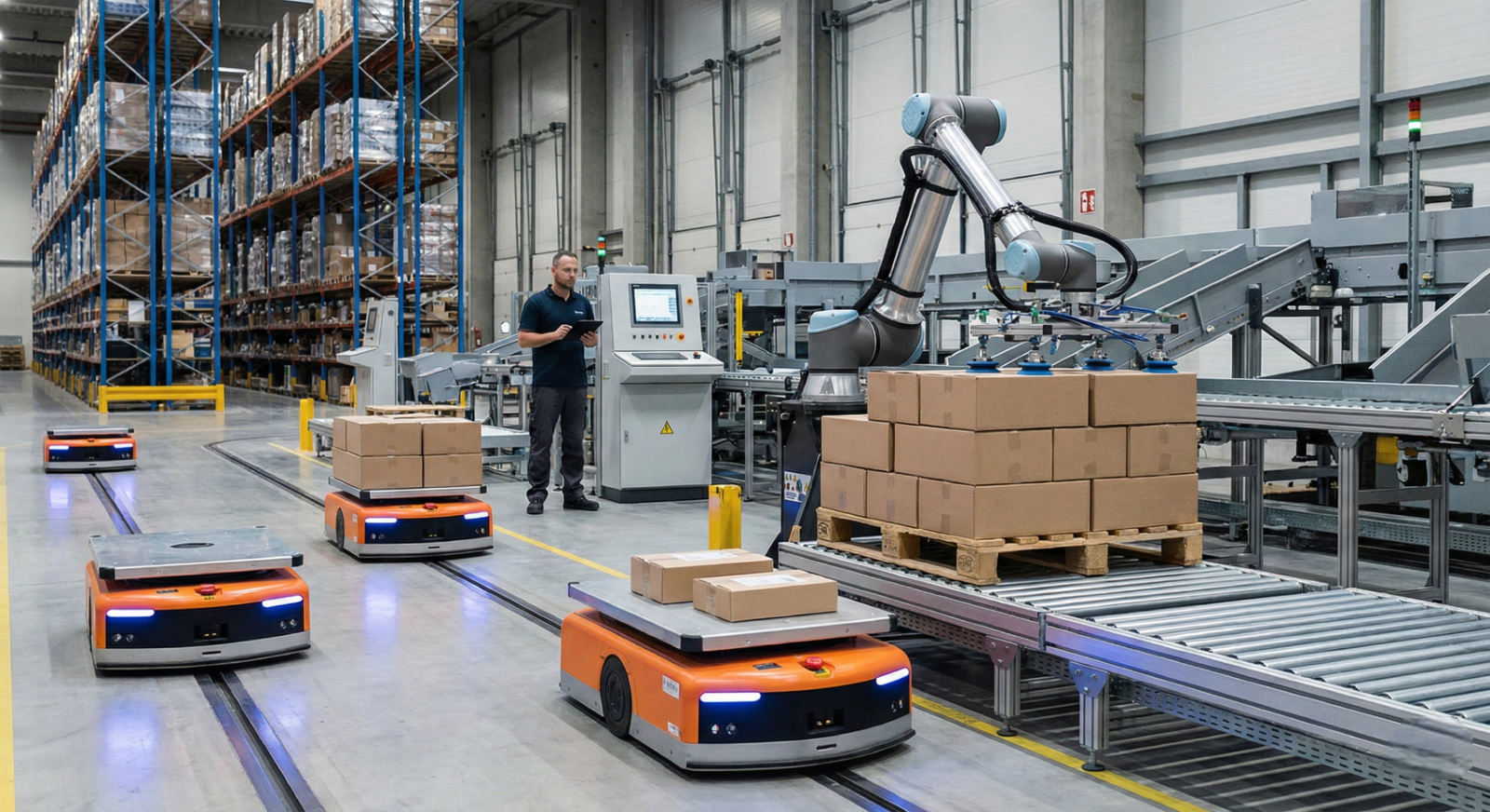Chips and semiconductors are the heart of modern technology. They power everything from smartphones and laptops to gaming consoles and cars. Made from materials like silicon, these tiny components process data, store memory, and control devices. They are the foundation of nearly every electronic system we use today. Without them, most of the technology we rely on—like apps, graphics, and smart devices—would not work.
A specialized type of semiconductor, called AI chips, is designed for artificial intelligence tasks. These chips handle the heavy computational work needed for AI, like training and running large language models (LLMs) such as ChatGPT. LLMs analyze huge amounts of data to generate human-like responses, which requires massive processing power. AI chips speed up these complex calculations, making training faster and enabling real-time performance.
As AI transforms industries and daily life, the demand for these advanced chips is skyrocketing. In this article, we will explore the role of AI chips, their impact on industries, and the global race for semiconductor supremacy.
Key Takeaways:
- AI chips are specialized processors built for AI tasks, enabling machines to process large amounts of data quickly, learn, and make decisions. Semiconductors, the materials used in all electronics, form the foundation of these chips.
- Nvidia leads the AI chip market with an 80–85% share, powered by its GPUs and CUDA platform. However, competitors like AMD, Intel, and Google are gaining ground with their own AI chip innovations.
- TSMC, based in Taiwan, is the world’s leading semiconductor foundry, producing more than 90% of the most advanced chips globally. These chips are essential for devices ranging from smartphones to supercomputers.
- The AI chip market, valued at approximately 52.92 billion in 2024, is predicted to reach $295.56 billion by 2030. Countries like the U.S., China, South Korea, and EU nations are fiercely competing for technological leadership, investing heavily in domestic chip production.
Understanding the Basics
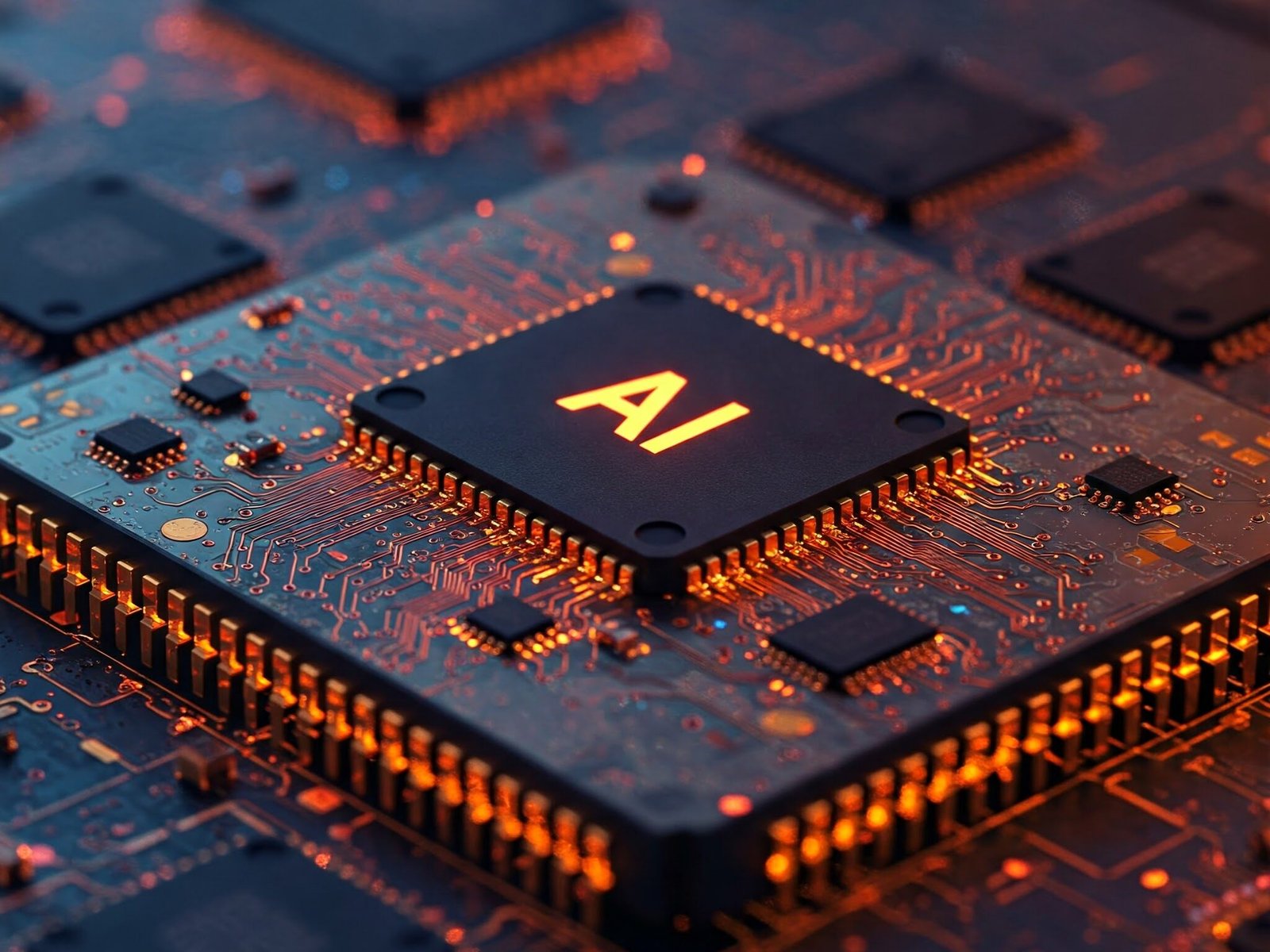
What Are AI Chips?
AI chips are specialized computer processors designed to handle tasks related to artificial intelligence (AI), such as recognizing images, understanding speech, or predicting outcomes. These tasks require a lot of data to be processed quickly, and AI chips are built to do this efficiently. Unlike regular processors (like those in laptops or phones), AI chips are optimized for handling many small tasks at the same time, which is essential for AI. Examples of AI chips include:
- GPUs (Graphics Processing Units): Originally made for video games, GPUs are now widely used for training AI models because they can process many calculations at once.
- ASICs (Application-Specific Integrated Circuits): Custom-made chips designed for specific AI tasks, like running a particular algorithm.
- FPGAs (Field-Programmable Gate Arrays): Flexible chips that can be reprogrammed for different AI tasks.
What Are Semiconductors?
Semiconductors are materials that are the foundation of all modern electronics. They can conduct electricity under certain conditions, making them perfect for creating tiny circuits inside devices like smartphones, computers, and AI chips. The process of making semiconductors involves:
- Purifying silicon (a common material used in semiconductors).
- Creating thin wafers and adding intricate circuits to them.
- Assembling these circuits into chips that power electronic devices.
Without semiconductors, devices like AI chips would not exist.
Key Differences Between AI Chips and Semiconductors
While all AI chips are made from semiconductors, not all semiconductors are AI chips. Here’s a simple comparison:
| Feature | Semiconductors | AI Chips |
|---|---|---|
| Purpose | General use in electronics | Specifically designed for AI tasks |
| Flexibility | Used in a wide range of devices | Optimized for tasks like machine learning |
| Efficiency | Good for general tasks | Faster and more energy-efficient for AI workloads |
AI chips are like specialized tools in a toolbox—they are designed for specific jobs, making them much better at handling AI tasks than general-purpose chips.
The Global Competition for AI Chips and Semiconductors
Why Are Countries Competing for AI Chips?
AI chips are vital because they drive technologies like artificial intelligence (AI), the Internet of Things (IoT), and 5G networks. These technologies are reshaping industries and economies worldwide. AI chips are also crucial for national security, as they power advanced military systems, cybersecurity tools, and defense applications.
Countries see AI chips as a strategic asset. Controlling their production boosts economic growth and establishes technological leadership. The U.S. and China are in a fierce race to dominate AI chip development. Leading in this field provides a major geopolitical advantage, raising the stakes significantly.
The AI chip market was valued at around $52.92 billion in 2024 and is expected to reach $295.56 billion by 2030, with a compound annual growth rate (CAGR) of 33.2%. Alongside the U.S. and China, countries like South Korea and EU nations are also investing heavily in domestic chip production to secure their place in this fast-growing market.
The Semiconductor Supply Chain
The semiconductor supply chain is highly globalized and involves three main players:
- Foundries (e.g., TSMC in Taiwan): Manufacture chips.
- Designers (e.g., Nvidia, AMD): Create chip designs.
- Suppliers (e.g., ASML in the Netherlands): Provide specialized equipment.
However, the semiconductor supply chain faces risks because it depends heavily on a few countries and companies. For example, Taiwan leads the world in chip manufacturing, making it a key player in global politics. To reduce this reliance, many countries are investing in their own chip production to become more self-sufficient.
At the same time, export controls and trade restrictions—like those the U.S. has placed on China—are being used to limit access to advanced chips. These moves are fueling a global race for semiconductor supremacy, making competition even fiercer.
Taiwan’s TSMC produces over 90% of the world’s most advanced chips, making it a critical chokepoint in the global tech supply chain. A disruption there could ripple across industries, from smartphones and laptops to cloud computing.
Nvidia: The Dominant Force in AI Chips
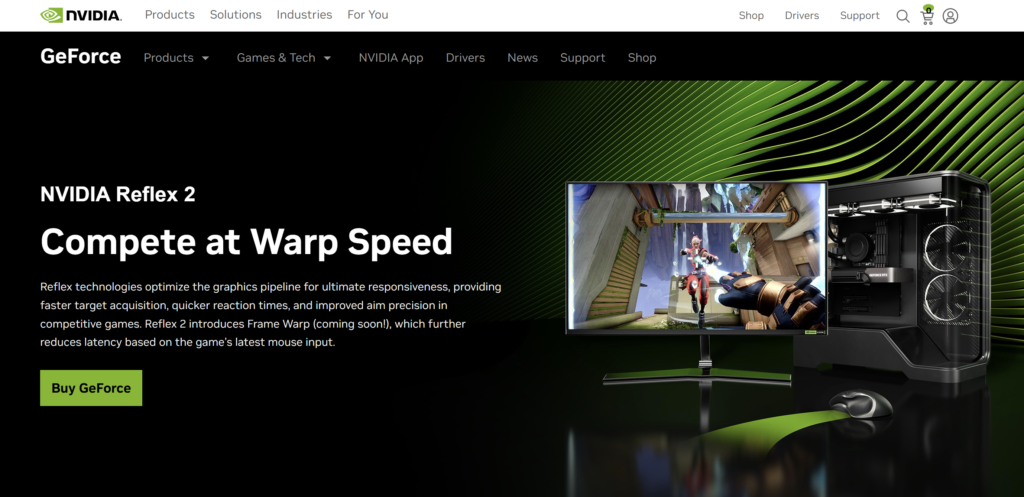
Founded in 1993 and led by CEO Jensen Huang, Nvidia is a driving force behind the AI revolution. The company creates the hardware that powers groundbreaking technologies like generative AI, self-driving cars, and robotics.
Nvidia’s graphics processing units (GPUs), first designed for gaming, are now essential for AI. These chips excel at handling parallel computations, making them ideal for processing huge amounts of data quickly. Today, Nvidia dominates the AI chip market, holding an estimated 70-95% share in advanced AI accelerators. Its technology is at the heart of the AI boom.
How Nvidia Became a Market Leader
Nvidia’s rise to dominance started in 2006 with the launch of CUDA (Compute Unified Device Architecture). This platform let developers use GPUs for more than just graphics—tasks like scientific simulations and data processing became possible.
The turning point came in 2012, when a deep learning model called AlexNet won the ImageNet competition using Nvidia GPUs. This win proved that GPUs were ideal for AI workloads. From then on, Nvidia focused heavily on AI, securing its position as a market leader.
In 2017, Nvidia made another leap forward with Tensor Cores, specialized hardware built for deep learning. These cores significantly boosted AI performance, making tasks like training models faster and more efficient.
Nvidia also strengthened its position through strategic investments in AI research, partnerships with major cloud providers, and the creation of a powerful software ecosystem. These moves helped the company stay ahead in the AI chip race and solidify its leadership in the industry.
Nvidia’s Competitive Advantage
Nvidia’s dominance comes from its CUDA ecosystem, the go-to platform for AI development. CUDA makes it easier to program GPUs, and popular AI tools like TensorFlow and PyTorch are built to work with it. This creates a lock-in effect—developers would struggle to switch to competitors’ hardware because so much of the AI world is built around CUDA.
Nvidia’s GPUs, like the A100 and H100, are top performers for AI tasks. They excel at both training large models and running real-time applications. The company also partners with major cloud providers, including Google Cloud, AWS, and Microsoft Azure, making its technology widely available.
What sets Nvidia apart is its ability to combine hardware and software seamlessly, offering a smooth, user-friendly experience. This integration gives Nvidia a unique advantage over its competitors.
Why Other Companies Struggle to Compete
Competing with Nvidia is tough because of its first-mover advantage and the high barriers to entry in the AI chip market. Creating high-performance AI chips demands huge investments in research and development and a strong software ecosystem—areas where Nvidia is far ahead.
Nvidia’s brand recognition and massive market share (70-95%) make it the go-to choice for AI developers. Competitors like AMD and Intel do not have a software platform as powerful as CUDA, which makes it harder to win over developers. On top of that, Nvidia’s partnerships and reputation as the leader in AI hardware give it an even stronger foothold, leaving rivals struggling to catch up.
Nvidia’s GPUs, originally designed for gaming, now power 70-95% of the world’s AI systems. Their secret weapon? A software platform called CUDA, which has become the go-to tool for AI developers worldwide.
TSMC: The King of Semiconductor Manufacturing
Taiwan Semiconductor Manufacturing Company (TSMC) is the global leader in semiconductor manufacturing. It produces the most advanced chips used in smartphones, laptops, cars, and AI systems. TSMC’s success is built on three key pillars: innovation, efficiency, and strong partnerships. These strengths have made it a critical player in the tech industry, powering the devices and technologies we rely on every day.
How TSMC Dominates the Semiconductor Market
- What TSMC Does: TSMC is a foundry, meaning it manufactures chips designed by other companies. Unlike competitors like Intel, TSMC does not design its own chips, which makes it a trusted partner for tech giants like Apple, Nvidia, and AMD.
- Leading Technology: TSMC is at the forefront of chipmaking, producing some of the smallest and most powerful chips in the world. Its 3nm technology, launched in 2022, allows for faster and more energy-efficient chips. The company is already working on 2nm chips, expected by 2025, keeping it ahead of rivals like Samsung and Intel.
- Strong Partnerships: TSMC partners with tech giants like Apple, which relies on TSMC’s chips to power iPhones. These collaborations keep TSMC at the forefront of innovation while guaranteeing consistent demand for its advanced manufacturing. By working with industry leaders, TSMC stays ahead in technology and business.
Why Other Foundries Struggle to Compete
- High Costs: Building advanced chip factories, called fabs, is incredibly expensive—often costing over $20 billion each. TSMC’s scale allows it to spread these costs across many customers, making it more efficient than competitors.
- Technological Leadership: TSMC has mastered complex manufacturing techniques, such as extreme ultraviolet (EUV) lithography, which are difficult for others to replicate. This gives TSMC a significant edge in producing advanced chips.
- Geopolitical Importance: TSMC’s location in Taiwan makes it a critical player in the global tech supply chain. However, tensions between the U.S. and China have led TSMC to expand operations to other countries, like the U.S. and Japan, to reduce risks.
Major Players in the AI Chip and Semiconductor Market
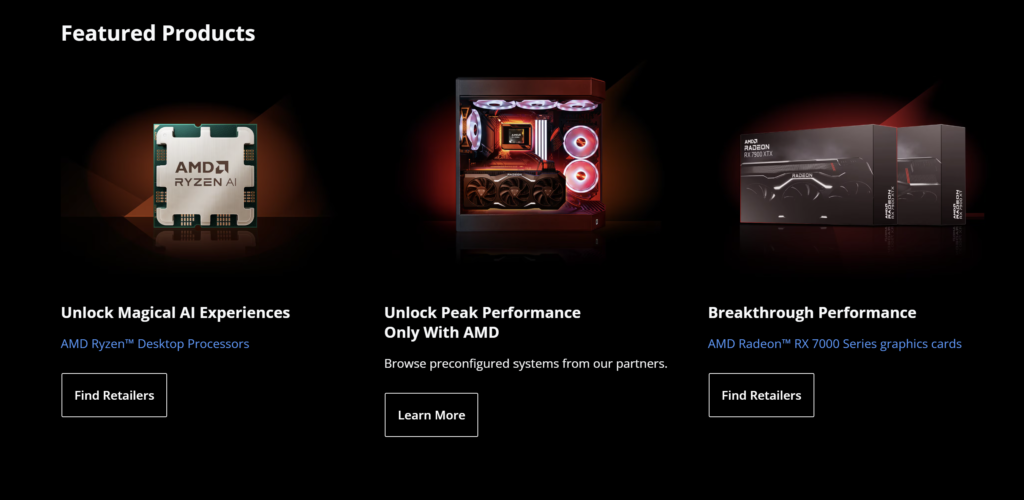
Here is a breakdown of the key players in these markets.
Key Players in AI Chips
The major companies leading this space include:
- Nvidia: The dominant player in AI chips, known for its GPUs (graphics processing units) and CUDA software, which are widely used in AI applications. Nvidia controls about 70-95% of the AI chip market.
- AMD: Competes with Nvidia by offering high-performance GPUs and AI-focused chips that are energy-efficient, making them ideal for mobile and edge devices.
- Intel: Focuses on AI hardware with its Xeon processors and Habana Labs AI accelerators, targeting data centers and enterprise AI workloads.
- Google: Develops its own Tensor Processing Units (TPUs), which are optimized for AI tasks like training large language models and powering Google’s cloud services.
- Apple: Integrates AI capabilities into its devices using its Neural Engine, a part of its custom-designed chips like the A-series and M-series processors.
Emerging players include Graphcore (known for its Intelligence Processing Unit) and Cerebras (famous for its massive AI chips).
Key Players in Semiconductor Manufacturing
Semiconductor manufacturers produce the chips designed by companies like Nvidia and Apple. The leading players are:
- TSMC: The largest and most advanced chipmaker, producing over 60% of the world’s semiconductors. TSMC is known for its cutting-edge 3nm and 5nm technologies.
- Samsung Foundry: A major competitor to TSMC, offering advanced chipmaking processes like 3nm and 4nm technologies.
- Intel Foundry Services: Intel is expanding its foundry business to compete with TSMC and Samsung, focusing on advanced manufacturing and AI chips.
- GlobalFoundries: Specializes in producing chips for automotive, IoT, and other industries, focusing on mature technologies rather than cutting-edge nodes. GlobalFoundries operates globally, with manufacturing facilities in the United States, Germany, and Singapore.
These companies form the backbone of the global tech industry, enabling advancements in AI, smartphones, and more.
Current Trends and Market Shifts
Here is an overview of the key trends shaping the market.
The Rise of Specialized AI Chips
AI chips are becoming more specialized to handle specific tasks efficiently. Two major developments are:
- ASICs and Domain-Specific Architectures: Application-Specific Integrated Circuits (ASICs) and domain-specific architectures are custom-built for specific AI tasks, such as image recognition or natural language processing. Unlike general-purpose processors like CPUs or GPUs, these chips are tailored to perform specialized tasks faster and with greater energy efficiency. This makes them perfect for handling demanding AI workloads.
- Edge AI and On-Device Processing: Edge AI means running artificial intelligence (AI) directly on devices, such as smartphones or Internet of Things (IoT) gadgets, instead of using cloud servers. This approach lowers delays, enhances privacy, and conserves energy. Special AI chips designed for edge computing allow for real-time applications, like voice assistants and self-driving cars.
DeepSeekAI’s Success and Its Market Impact
DeepSeekAI, a Chinese AI company founded in 2023, has quickly emerged as a key player in the AI industry. It builds cost-effective large language models (LLMs), with models like DeepSeek-R1 and DeepSeek-V3.
What sets DeepSeek apart is its efficiency. Unlike many AI firms that depend on expensive, high-end NVIDIA GPUs (chips for AI training), DeepSeek achieves comparable results using mid-range NVIDIA H800 GPUs. This approach slashes costs without sacrificing performance.
- Disrupting the AI Industry
The turning point came in January 2025 when DeepSeek launched its R1 model, a reasoning-focused LLM that matches the capabilities of top systems like OpenAI’s GPT-4 at a significantly lower cost. This breakthrough disrupted the AI market, pressuring giants like OpenAI and Meta to rethink their strategies. By open-sourcing its technology—sharing it freely—DeepSeek is making AI more accessible, sparking global collaboration and innovation.
- Challenging NVIDIA’s Dominance
DeepSeek relies on NVIDIA hardware but uses mid-tier GPUs instead of high-end chips. This raises doubts about the future demand for premium hardware, potentially challenging NVIDIA’s dominance and reshaping the economics of AI development.
The Push for AI Chip Self-Sufficiency
Countries are prioritizing domestic AI chip production to reduce reliance on foreign suppliers:
- National Initiatives: The U.S., China, and Europe are investing heavily in AI chip manufacturing. For example, China aims for 70% self-sufficiency by 2025, while the U.S. is boosting domestic production through subsidies and export controls.
- Government Support: Subsidies, tax incentives, and research funding are helping countries build resilient supply chains and maintain technological leadership in AI.
These trends highlight the dynamic and competitive nature of the AI chip industry, with innovation and geopolitics playing key roles.
DeepSeekAI, a rising star in the AI world, achieved GPT-4-level performance using mid-range GPUs—reportedly slashing costs by 90%. This breakthrough is forcing giants like OpenAI and Meta to rethink their strategies.
Geopolitics in the AI Chip Market
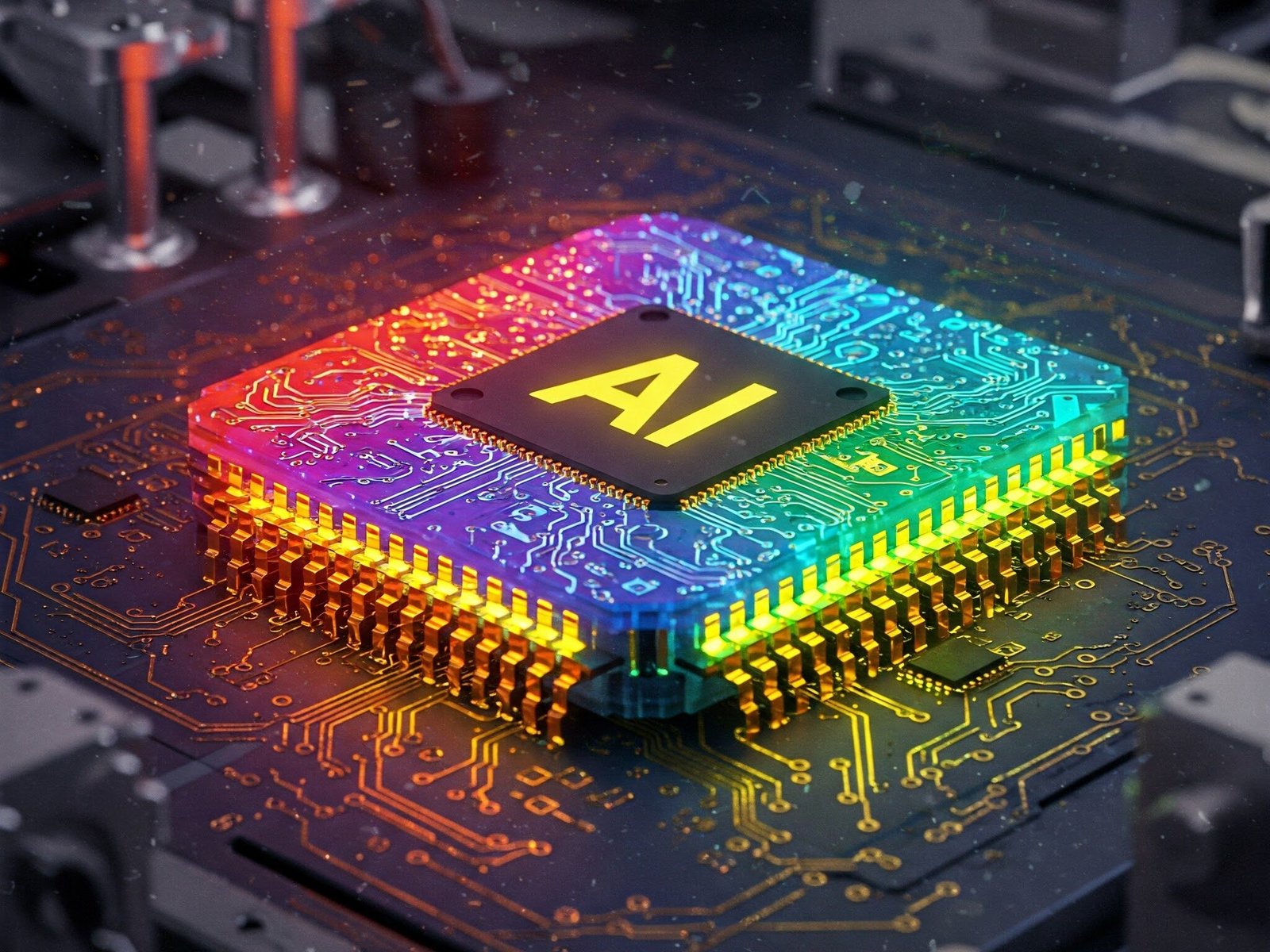
The AI chip market is strongly affected by global politics, especially the competition between the U.S. and China. This rivalry influences policies, alliances, and risks that impact the whole semiconductor industry.
The U.S.-China Tech War
The U.S. has imposed strict export controls to limit China’s access to advanced AI chips and semiconductor manufacturing equipment. These measures aim to maintain U.S. technological leadership and prevent China from using advanced chips for military or surveillance purposes. In response, China is heavily investing in its domestic semiconductor industry, aiming for self-sufficiency through initiatives like the “Made in China 2025” plan and state-backed funding.
The Role of Alliances and Partnerships
The U.S. is enhancing its semiconductor industry with the CHIPS Act, which offers funding and incentives to increase domestic manufacturing. This act also limits companies that receive funds from expanding their operations in China. Furthermore, international partnerships with allies such as Japan, the Netherlands, and South Korea are focused on securing supply chains and decreasing reliance on China.
Risks and Challenges in the Geopolitical Landscape
The semiconductor supply chain is vulnerable to disruptions caused by geopolitical tensions, natural disasters, and trade restrictions. Over-reliance on a few key players, such as Taiwan’s TSMC, poses risks to global stability. For example, Taiwan produces over 90% of the world’s most advanced chips, making it a critical chokepoint.
The U.S. and China are locked in a high-stakes battle over AI chips, with export controls and billion-dollar investments shaping the future of global tech. Whoever wins this race could dominate the next era of innovation.
Can Other Companies Compete with Nvidia?
Nvidia is the dominant player in the AI chip market, but competition is growing as other companies seek to challenge its position.
Challenges for New Entrants
- High Barriers to Entry: Designing and manufacturing AI chips is extremely complex and expensive. Companies need advanced technology, skilled talent, and significant capital to compete. For example, Nvidia’s GPUs are built on cutting-edge processes like 5nm or 3nm, which require billions of dollars in investment.
- Software Ecosystems: Nvidia’s CUDA platform is a major advantage, as it provides developers with tools to optimize AI models for Nvidia hardware. Competing companies must build their own software ecosystems to attract developers, which is a long and difficult process.
The Future of Competition in AI Chips
- Potential Disruptors: Companies like AMD, Intel, and some startups are making progress with innovative designs and cost-effective solutions.
- Role of Innovation: To challenge leaders like Nvidia, companies need to focus on breakthroughs in performance, energy efficiency, and cost-effectiveness. As AI technology advances, new innovations and approaches could disrupt the market, making it more competitive and balanced.
Conclusion
AI chips and semiconductors are the foundation of modern technology, driving progress in AI, electronics, and global innovation. Industry leaders like Nvidia and TSMC dominate the field, but their success is tied to geopolitical tensions and supply chain vulnerabilities. The U.S.-China rivalry, Taiwan’s central role in chip production, and global efforts to secure semiconductor supplies highlight the industry’s strategic significance.
As countries and businesses invest in new ideas and stronger supply chains, the semiconductor industry will keep pushing technology forward and boosting economic growth. This makes it a key player in shaping the future of the global economy.
Frequently Asked Questions (FAQ)
What is the difference between AI chips and regular chips?
AI chips are specialized processors designed specifically for artificial intelligence tasks, like machine learning and deep learning. They are optimized for parallel processing and handling large amounts of data quickly, unlike regular chips (CPUs) that are designed for general-purpose computing.
Why are AI chips important?
AI chips are crucial for enabling advancements in artificial intelligence. They power AI applications like image recognition, natural language processing, and predictive analytics, which are transforming industries and daily life.
Who are the major players in the AI chip market?
Nvidia is the dominant player, followed by AMD, Intel, Google, and Apple. Emerging players are also making inroads with specialized AI chip designs.
What is the role of TSMC in the semiconductor industry?
TSMC is the world’s largest contract chip manufacturer (foundry). It produces chips designed by other companies, including those used in AI applications, smartphones, and other electronic devices. It’s a critical part of the global semiconductor supply chain.
What is the significance of Taiwan in the semiconductor industry?
Taiwan, specifically TSMC, plays a crucial role as it manufactures a vast majority of the world’s most advanced chips. This makes Taiwan a critical point in the global semiconductor supply chain and a focal point for geopolitical considerations. Any disruption in Taiwan could have significant repercussions for the entire tech industry.
Why is there a global competition for AI chips and semiconductors?
AI chips and semiconductors are considered strategic assets due to their importance in driving technological innovation, economic growth, and national security. Countries are competing to secure their supply chains and achieve technological leadership in these areas.
What are some of the challenges in the AI chip market?
High development costs, complex manufacturing processes, and the need for robust software ecosystems are significant challenges. Geopolitical factors and supply chain vulnerabilities also play a major role.
Articles Referenced:
AI chips: What Are They? – Built In
What is an AI chip? – IBM
What are Semiconductors? – Intel
The AI Chip Race: Who Can Compete With Nvidia? – Forbes
Why’s Nvidia such a beast? It’s that CUDA thing. – Fierce Electronics
How Taiwan Semiconductor Manufacturing Company Makes Money – Investopedia
Top 20 AI Chip Makers: NVIDIA & Its Competitors in 2025 – AIMultiple
Intel Vs. Samsung Vs. TSMC – Semiconductor Engineering
Rise of AI Chips : The Role of AI Chips in Driving Innovation – E-Spin
What Is Edge AI? – IBM
China pressures firms to drop Nvidia AI chips in push for tech self-reliance – The Chosunilbo
The CHIPS Act: What it means for the semiconductor ecosystem – PwC
AI Chip Market Size and Forecast | 2025–2030 – Next Move Strategy Consulting
Understanding the Semiconductor Supply Chain – Rabobank\[News\] Full-Speed Construction of 2nm Fabs in 2025 – TrendForce



